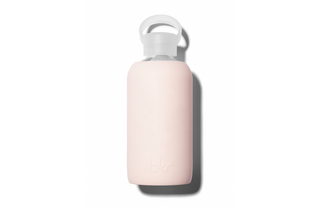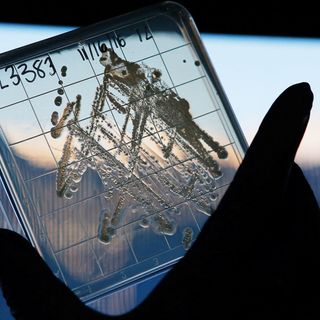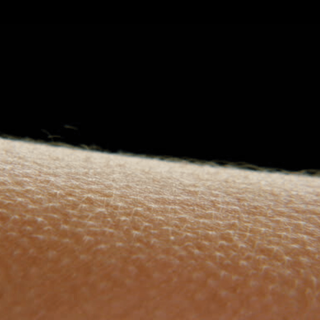
BPA‑Free Plastic Isn’t as Safe as We’ve Been Sold
BPA-free plastic still contains other compounds that are as or more toxic.

It’s everywhere — BPA-free plastic. Products proudly tout a BPA-free label, and we are comforted by it, consume because of it. BPA, or bisphenol A, is an industrial chemical traditionally used to make plastic durable. It has also been linked to fertility problems, poor development in fetuses and children, and high blood pressure in adults. But is BPA-free plastic actually safe? Not really.
It might be safer than plastic that contains BPA. But either way, plastic still comprises a host of other chemical compounds, some of which are as or more toxic than BPA. Case in point: a chemical known as di(2- ethylhexyl) phthalate, or DEHP, which gives flexibility to many plastic products, causes more genetic damage than BPA, according to research by a Harvard University team led by Monica Colaiácovo, a professor of genetics.
The team recently tested DEHP along with other chemicals of its ilk, known as phthalates. Phthalates are very common additives not only to plastic, but also to hygiene products, like soap and shampoo, and cosmetics. They also tested 46 common pesticides and several byproducts of crude oil processing, all for their effects on genetic material related to reproduction and embryonic development. They used a tiny worm called Caenorhabditis elegans as test subjects, exposing it to chemical traces proportional to the human body or even sometimes lower than what you find in human blood and urine,” Colaiácovo said in a statement on Harvard Medical School’s website.
They found 41% of the chemicals tested caused genetic damage to the egg cells of C. elegans equal to or greater than BPA. This damage occurred in the form of increased egg death, fewer eggs laid, and more DNA corruption in stem cells destined to become eggs.
Among the list of chemicals more dangerous than BPA was DEHP, which, according to Colaiácovo and team’s findings, causes chromosomal defects in egg cells and poor embryonic development. In humans, similar genetic damage can contribute to infertility, miscarriage, stillbirth, and Down syndrome.
DEHP already had a bad rap. It’s been linked to both liver cancer and infertility in mice, reports Lina Zeldovich for JSTOR Daily. It’s been banned, beyond a certain level, from children’s toys — but only in the U.S. And it’s still in plenty of medical equipment, “wall coverings, tablecloths, floor tiles, furniture upholstery, shower curtains, garden hoses, swimming pool liners, rainwear, baby pants, dolls, some toys, shoes, automobile upholstery,” and more, according to the U.S. Centers for Disease Control’s Agency for Toxic Substances.
Related on The Swaddle:
Your Perfume Might Be Behind the Global Trend of Early Puberty
Other chemicals more dangerous than BPA included permethrin, a chemical common to head lice treatments and insect repellents, as well as dibutyl phthalate, or DBP, found in cosmetics like nail polish, and more.
DNA damage in egg cells “is the canary in the coal mine,” Nara Shin, PhD, a postdoctoral fellow in Colaiácovo’s lab and first author of the paper, said in the statement. “This may not be all these chemicals are doing.”
Colaiácovo and team said the findings are likely applicable to humans; C. elegans share more than 60% of its genes with humans and many findings from experiments that use the worm have been replicated on mice, a much nearer genetic match to humans. The team plans to replicate the experiment next to observe the chemicals’ effects on C. elegans sperm cells, and expect to find the same effects. However, the researchers add, their findings are also likely applicable to more than just reproductive cells, as the genetic damage observed can occur in any kind of cell — as well as other damage they haven’t recorded yet.
“We can’t avoid all the chemicals in our lives,” Shin said in the statement, adding the team’s findings can guide scientists and policymakers in prioritizing further research and regulation.
Liesl Goecker is The Swaddle's managing editor.
Related


AI Spots a New Antibiotic Effective Against Deadly, Drug‑Resistant Bacteria
